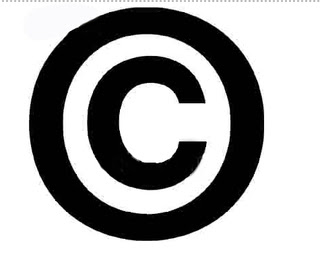

 During a business advice session yesterday I was reminded how few entrepreneurs are aware of copyright law. Most do know a bit about patents, trademarks and designs, but when it comes to copyright they flounder.
During a business advice session yesterday I was reminded how few entrepreneurs are aware of copyright law. Most do know a bit about patents, trademarks and designs, but when it comes to copyright they flounder.
Fortunately we have produced a very simple PDF guide (What is copyright?) with much more detailed information available from the UK Intellectual Property Office. The key points are that copyright protection is free and automatic (you don’t even need to use a copyright symbol). The point that most surprises people is that copyright for authors now extends to life plus 70 years.
However rather than hope the owners of the intellectual property won’t find out you have taken their property and come after you through the courts, a much better approach is to contact them and see if you can licence their content. Fortunately thanks to the WATCH file, tracking down these copyright holders is relatively straightforward.
For example a search for Roald Dahl author of Charlie and the Chocolate Factory (amongst many other children’s favourites) gives the following results;
Roald Dahl 1916-1990 – 3 contacts found in the WATCH File
David Higham Associates are the principal representatives. Some copyrights (mostly for poems by Dahl) are administered by Random House Children’s Books; and film and television rights are handled by Casarotto Ramsay.
Copyright Permissions Casarotto Ramsay Limited VIEW
The Estate of Roald Dahl David Higham Associates Limited VIEW
Children’s Permissions Department Random House Children’s Books VIEW
About WATCH
WATCH is a database of copyright contacts for writers, artists, and prominent people in other creative fields. It is a joint project of the Harry Ransom Center and University of Reading Library in England. Founded in 1994 as a resource principally for copyright questions about literary manuscripts held in the U.S. and the U.K., it has now grown into one of the largest databases of copyright holders in the world.

 My colleague Steve van Dulken has recently posted a
My colleague Steve van Dulken has recently posted a 
 This is the heading for an intriguing article in the latest issue of gadget obsessed
This is the heading for an intriguing article in the latest issue of gadget obsessed  I have already
I have already 












